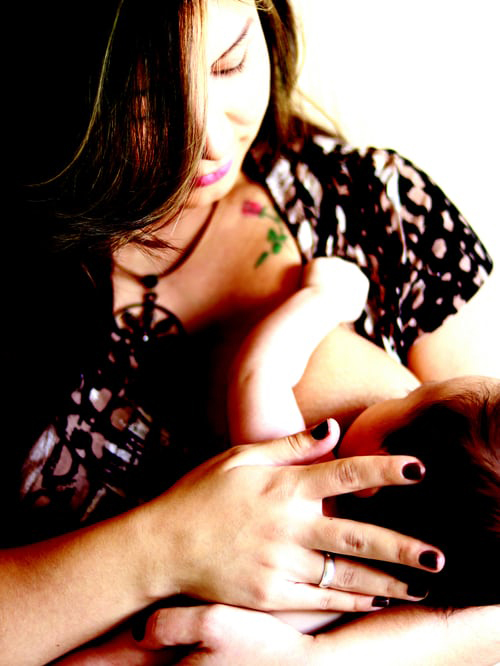This website uses cookies so that we can provide you with the best user experience possible. Cookie information is stored in your browser and performs functions such as recognising you when you return to our website and helping our team to understand which sections of the website you find most interesting and useful.
‘Attachment’ is founded on theories formulated following direct observation of children’s responses to their attachment figure (usually their mother). The quality of the attachment relationship (two‐way) is crucial to the child’s emotional development, mental wellbeing and survival. It is also supported by the scientific study of animal behaviour.
There seems to be three periods within the first two years of life which are characterised by dramatic changes in infant development: 2‐3 months, 9‐12 months, and 15‐18 months. Each of these periods involves major changes in the infant’s subjective experience of self and the quality of his or her relatedness to others.
Studies over time have since shown that attachment styles’ developed during this time period, remain relatively stable through childhood and adolescence, although it is possible for styles to be modified. It therefore has profound implications on how well the child is able to develop emotionally secure relationships with others, through adolescence and into adulthood.
There are 4 attachment styles. Secure attachment accounts for about 50% of people.
- Secure:
Children who have experienced interactions with a sensitive caregiver, and who consistently respond to their attachment needs are more likely to develop a secure attachment model. The child develops perceptions of others as being dependable and available in times of need. - Insecure – Anxious avoidant:
Children with an insecure anxious‐avoidant attachment relationship with their primary caregiver have learned that expressing distress, or the need for proximity in stressful situations, is likely to result in rejection from their caregiver. Avoidant children suppress attachment-‐related behaviours, such as the expression of negative emotions, and proximity seeking, in order to protect themselves from this possible rejection. - Insecure – Anxious ambivalent:
Children with an insecure anxious-‐ambivalent style, however, will have experienced inconsistent or unpredictable caregiving, leading them to worry about the availability of their attachment figure to respond to them if they are distressed. - Insecure – Disorganised
This type of child attachment develops in the presence of frightening or frightened parental behaviour. It is suggested that children with a disorganised style are caught at the heart of an important dilemma in which their source of comfort also represents their source of fear.

How to achieve secure attachment?
Researchers have shown that babies need a caregiver who identifies with them so strongly that the baby’s needs feel like hers. If she feels bad when the baby feels bad, she will then want to do something about it quickly, to relieve the baby’s discomfort – this is the core of what is called regulation – and leads to secure attachment. In theory, any caregiver can do it, but the baby’s mum is primed to do these things by her own hormones, and is more likely to have the intense identification with her baby’s feelings that is needed, – provided she has the inner emotional resources to do so!
It is also about responding in a non-verbal way. The care-giver does this mainly with her face, her tone of voice and her touch. (see Why love matters, Gerhardt, 2015).
But if the care-giver doesn’t have a comfortable relationship with her own feelings she may not be able to do this very effectively. Controlling, stress, anxiety, depression or anger can be a problem – see our counselling services!

